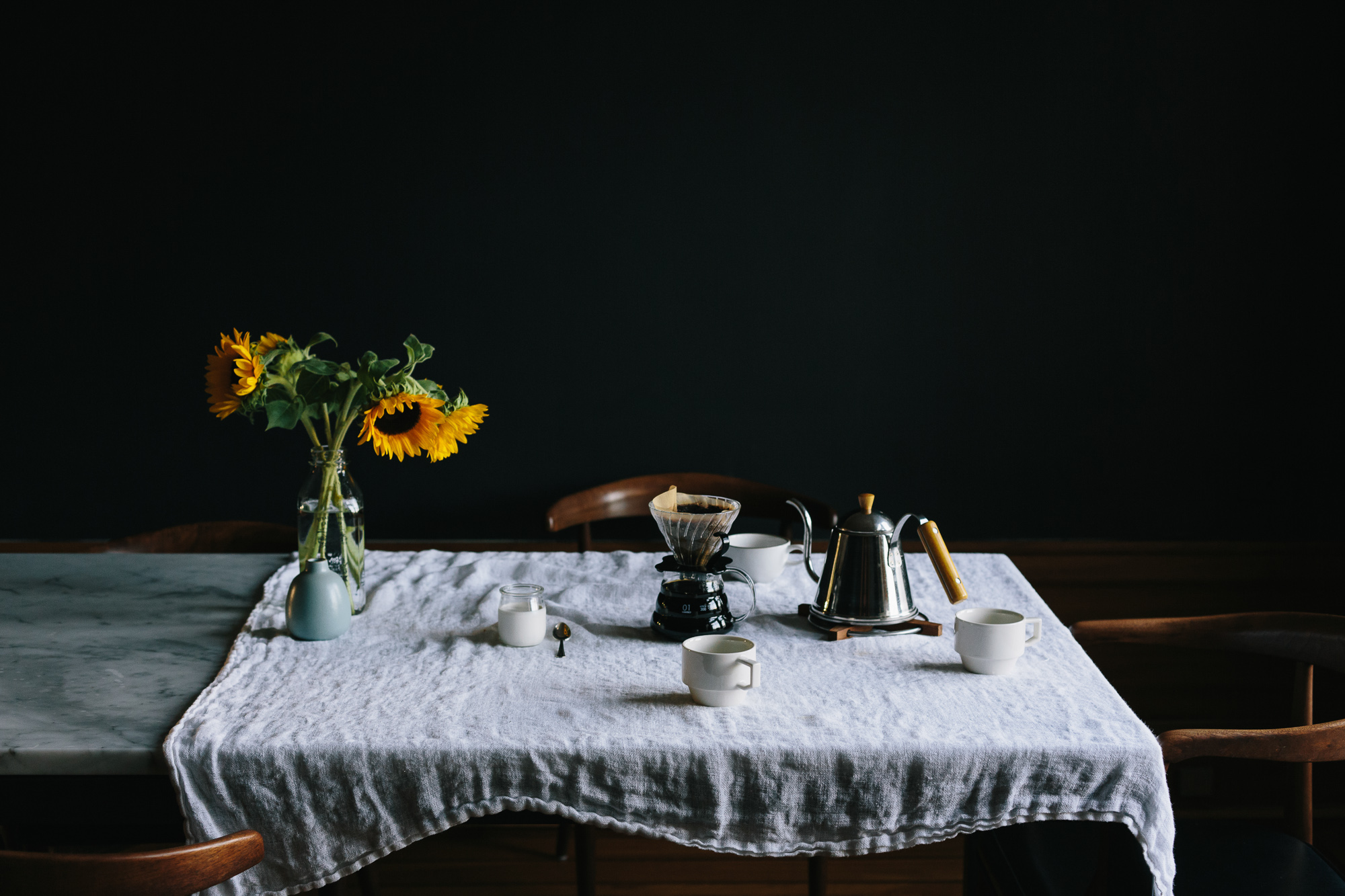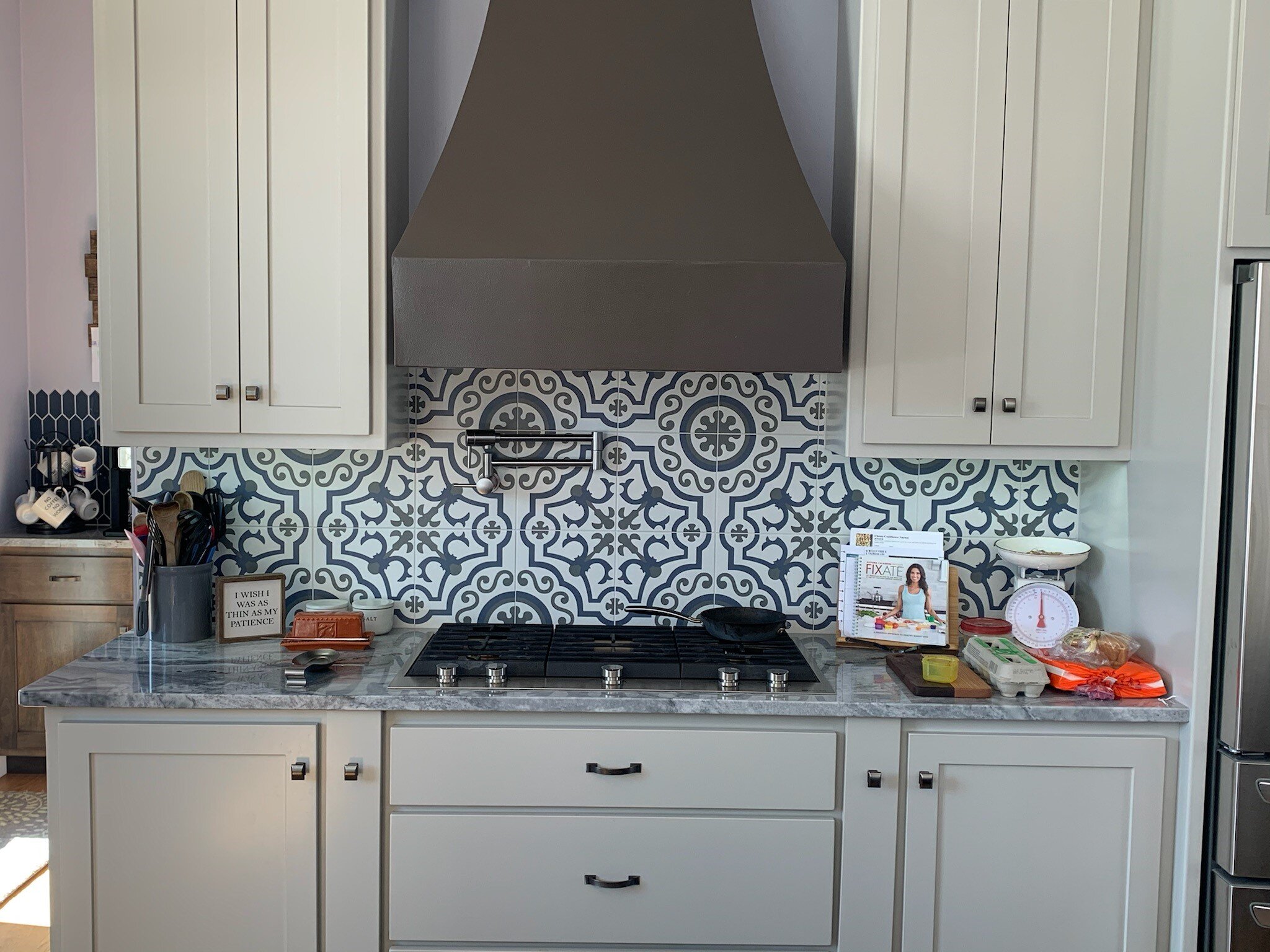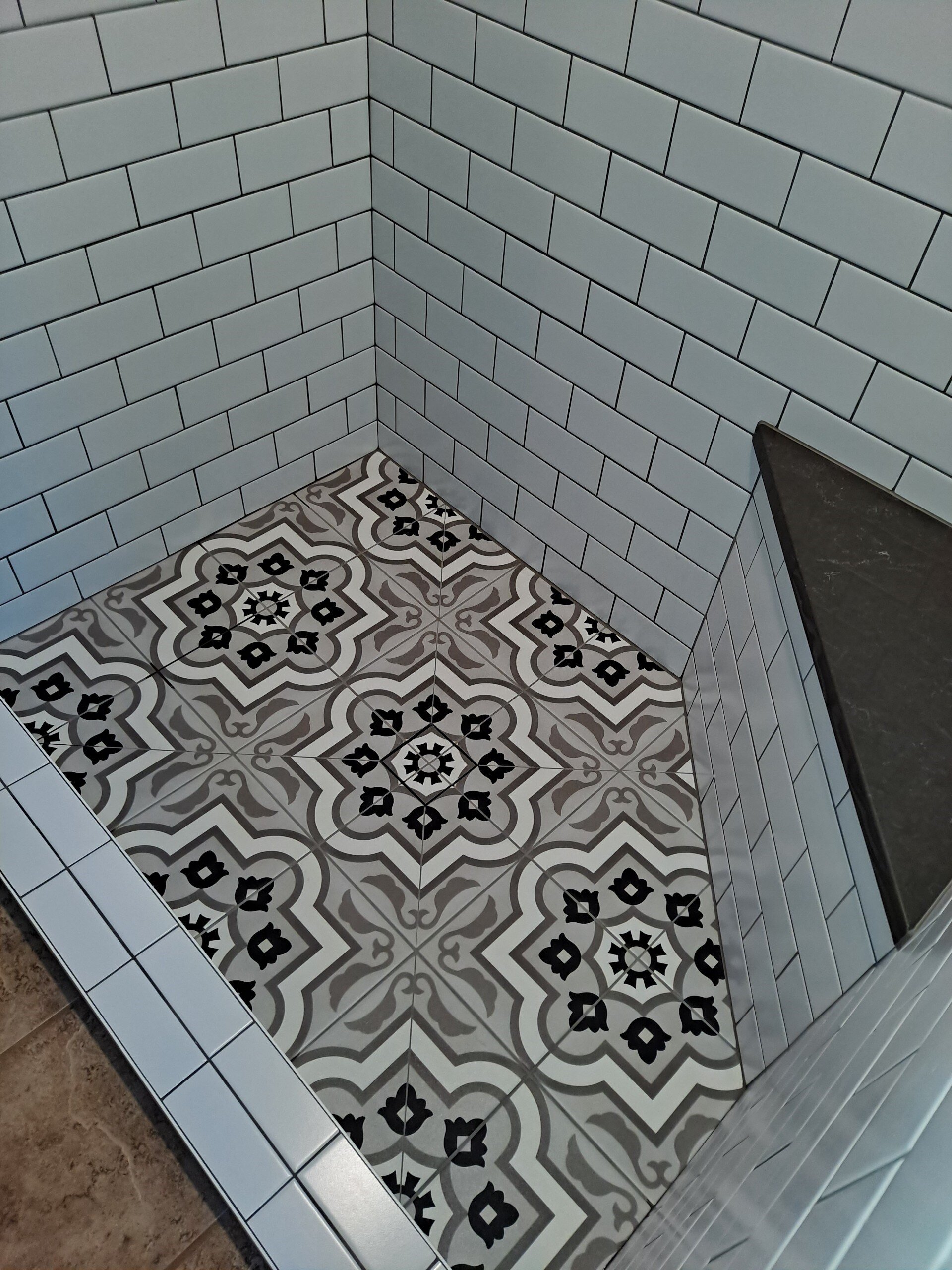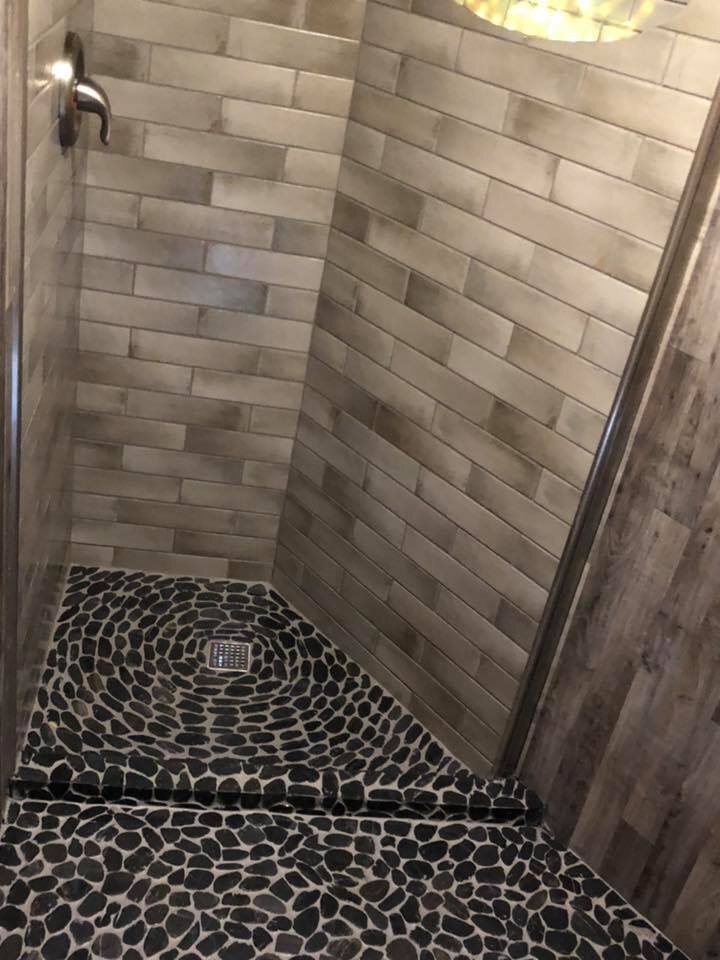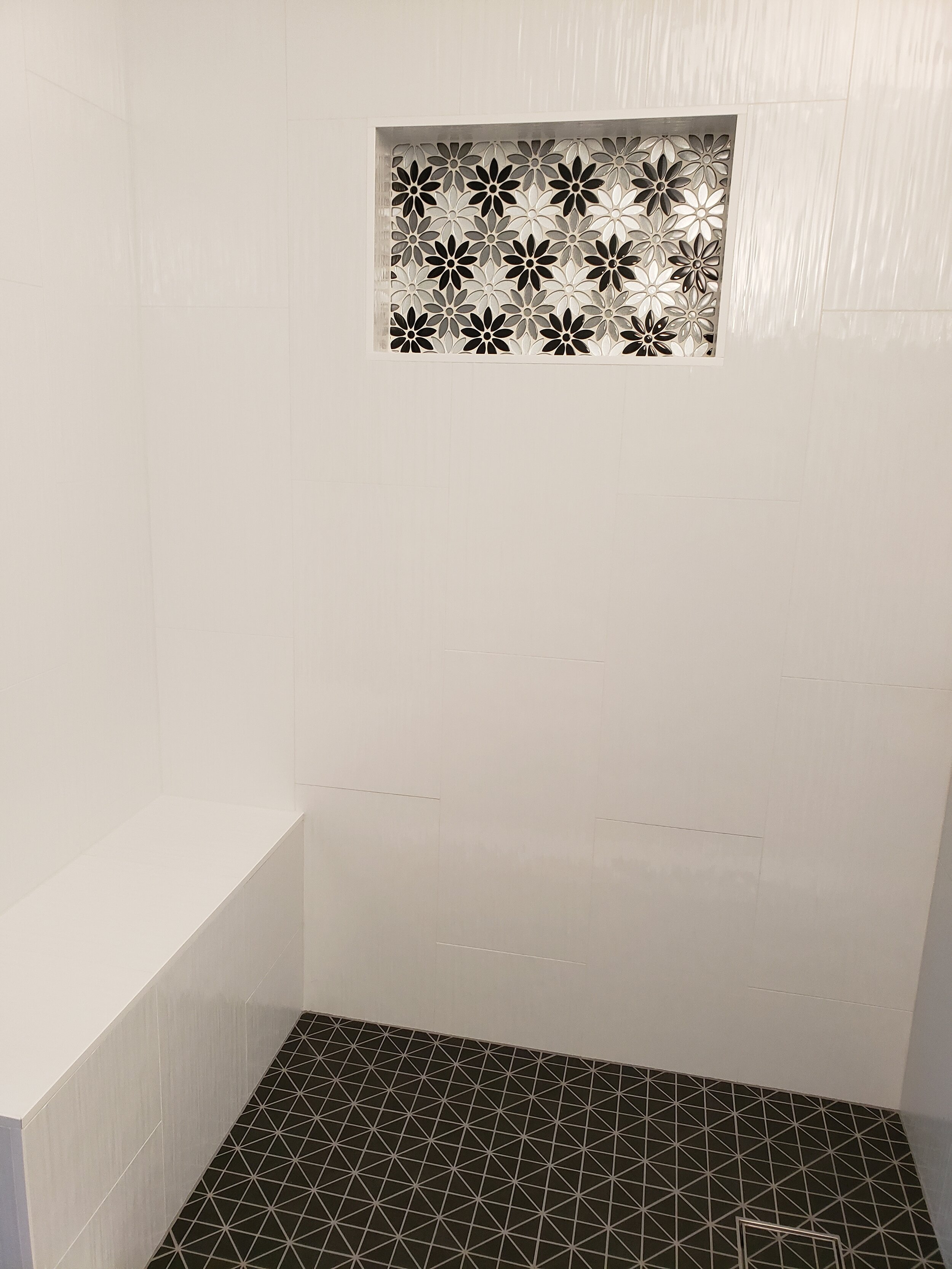Whether it's a classic encaustic tile or an opulent mosaic floor, patterned tiles have a long history in buildings all over the world. Traditional patterned tiles were time-consuming and expensive to make, but modern technology has allowed manufacturers to create these designs much more easily.
Nowadays there is a wide range of patterned tiles available, from subtle designs to bold geometric shapes. We love how these tiles can transform a space, so we have put together our 5 top tips for using them in your home.
Add Some Fun to your Floors
Patterned tiles are a popular choice for floors. They can add a fun look to bathrooms, or create a traditional feel in kitchens, depending on the color or style you choose. Patterned tiles make the perfect partner to a classic subway wall tile. Busy designs can also help to hide marks and crumbs, making them ideal for high-traffic areas like hallways and kitchens.
Spice up your Kitchen Backsplash
Looking for a way to add some interest to your kitchen backsplash? If you are opting for a simple color scheme patterned tiles are the ideal choice, allowing you to add a little personality to your space. Plus, they are durable and easy to keep clean - perfect for any cooking spills or splashes.
Keep it Monochrome
Black and white patterned tiles are ideal for any space in your home. You can choose to keep the whole room in a simple color scheme or pair them with a brightly colored wall for a fun feel. Our AO range has plenty of styles to choose from including circles, stars and geometric designs.
Go Wild
If you love the maximalism trend then why not go all out with clashing patterns? Choose different patterned wall and floor tiles to create a wow-factor look in your home. Or combine your tile of choice with a patterned wallpaper for a change of texture.
Create your Own Pattern
Can't find a patterned tile you love? Use different colored tiles from the same range to create your own pattern. Subway tiles can be used to create stripes, or a checkerboard pattern can be created using different colored square tiles.
How to Choose Patterend Tile for your Home
It's important to make sure you are happy with the color, design and quality of the tiles before you place an order so we offer a free sample service to give you confidence in your choice.
Have a question about any of our tiles? Get in touch with our tile experts who can answer any questions you have.

